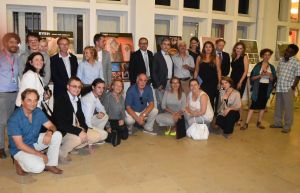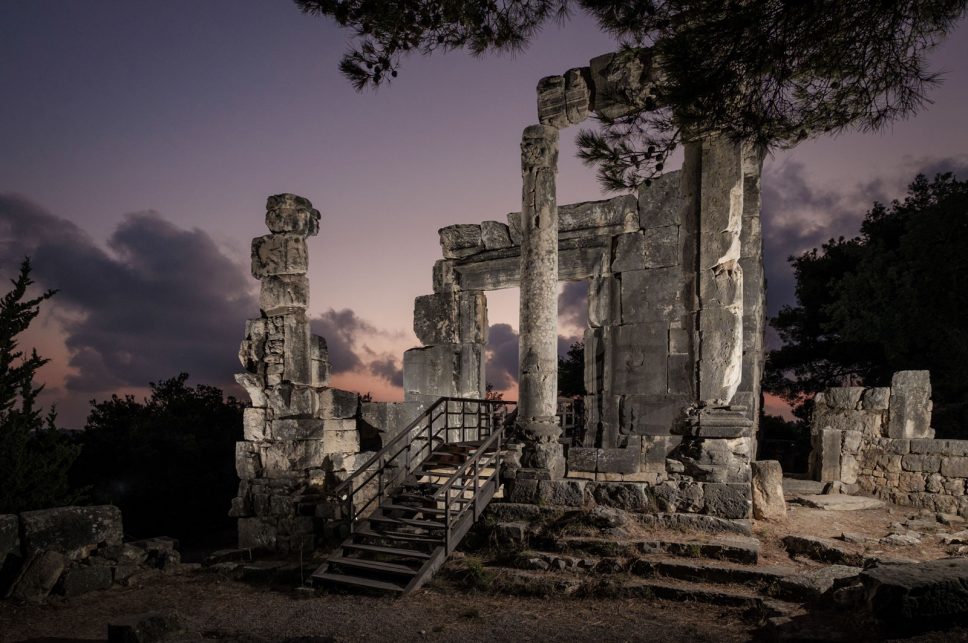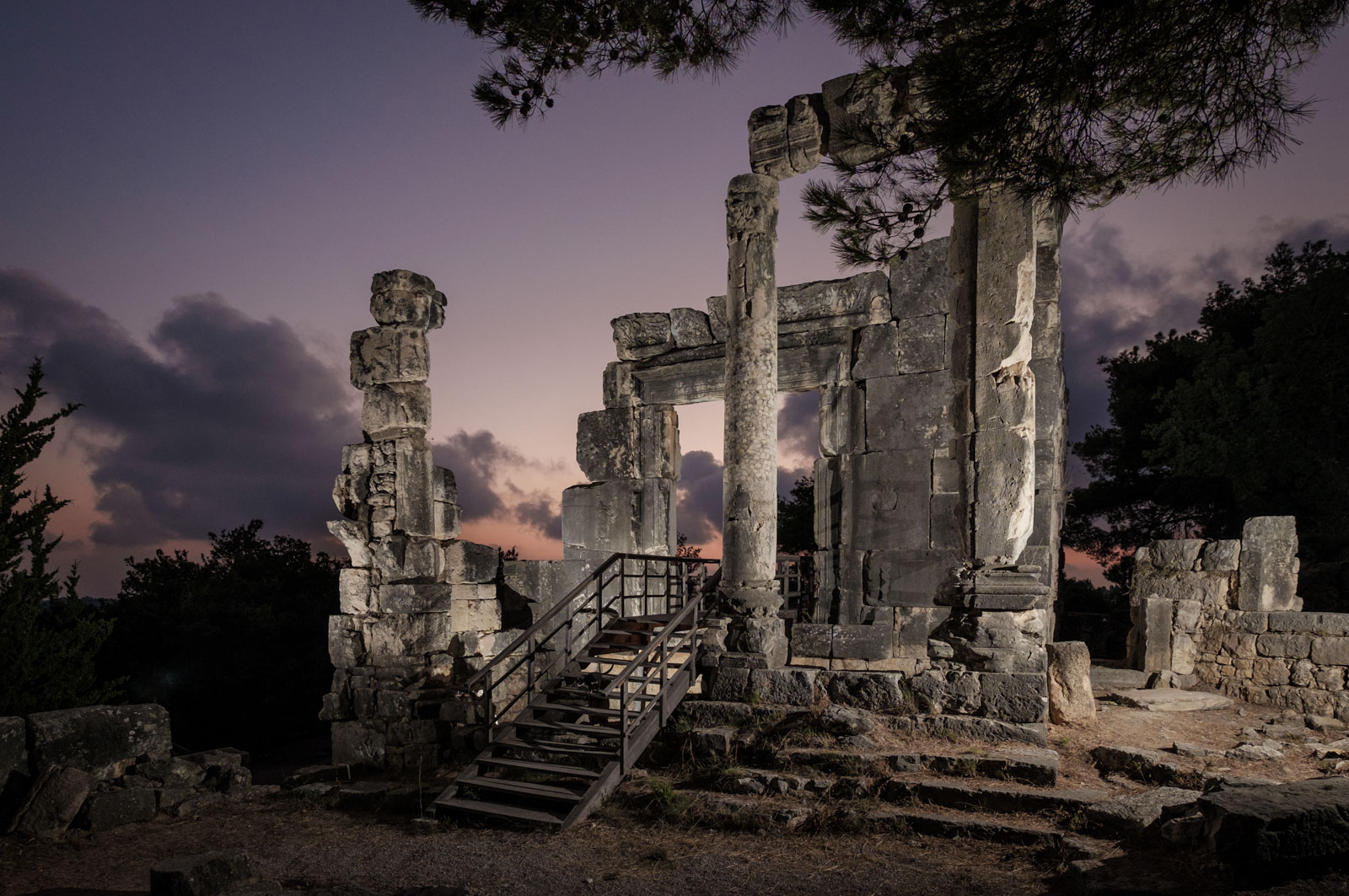Archaeologists from the University of Warsaw have been invited, on the occasion of the 20th anniversary of their research in Lebanon, to share the results of their work in word and image. An exhibition in the French Institute in Beirut (IFPO), to open on 20 September 2016, will highlight some aspects of the research conducted by the Polish Centre of Mediterranean Archaeology (PCMA), University of Warsaw. The opening will be accompanied by a scientific conference presenting an overview of the mission’s archaeological and conservation work. The events are co-organized by the PCMA, the Embassy of the Republic of Poland in Beirut and the IFPO.
Each season, starting with 1996, at Chhim and Jiyeh (Porphyreon), south of Beirut, in southern Phoenicia, a team of archaeologists and students from the University of Warsaw, directed by Prof. Tomasz Waliszewski, has been exploring the secrets of the life of ancient inhabitants of these two ancient villages that prospered in the Hellenistic, Roman and late Antique periods.
During the 19 seasons of work, the two sites hosted 169 archaeologists and students from six countries, including Poland, Lebanon and France, with University of Warsaw affiliates being the most numerous group. The team conducted archaeological and conservation work on 10 sites, making discoveries in two villages with well-preserved domestic buildings, a Roman temple, two early Byzantine churches with mosaic decoration and five olive oil presses, informing on the methods of production of this essential component of ancient diet. Conservators from the Academy of Fine Arts in Warsaw, working with the mission, preserved and restored hundreds of square meters of mosaics and wall paintings.
The project is a cooperation between the PCMA and the General Direction of Antiquities of Lebanon. It was the first Polish research project in Lebanon, and one of the few missions that received permission to work there in the last two decades. The results of this work are essential for the knowledge on the network of settlements and towns around Sidon, one of the most important Phoenician cities, and its economic background.
The exhibition, of 18 trilingual plates (in Arabic, French and English), will be presented in the IFPO (rue de Damas, Beirut) from 20 September till 3 October 2016. The opening will be held on 20 September, at 6 p.m.
The accompanying conference will be held on 20 September 2016, 6.10 p.m.–7:30 p.m.
Opening of the exhibition



